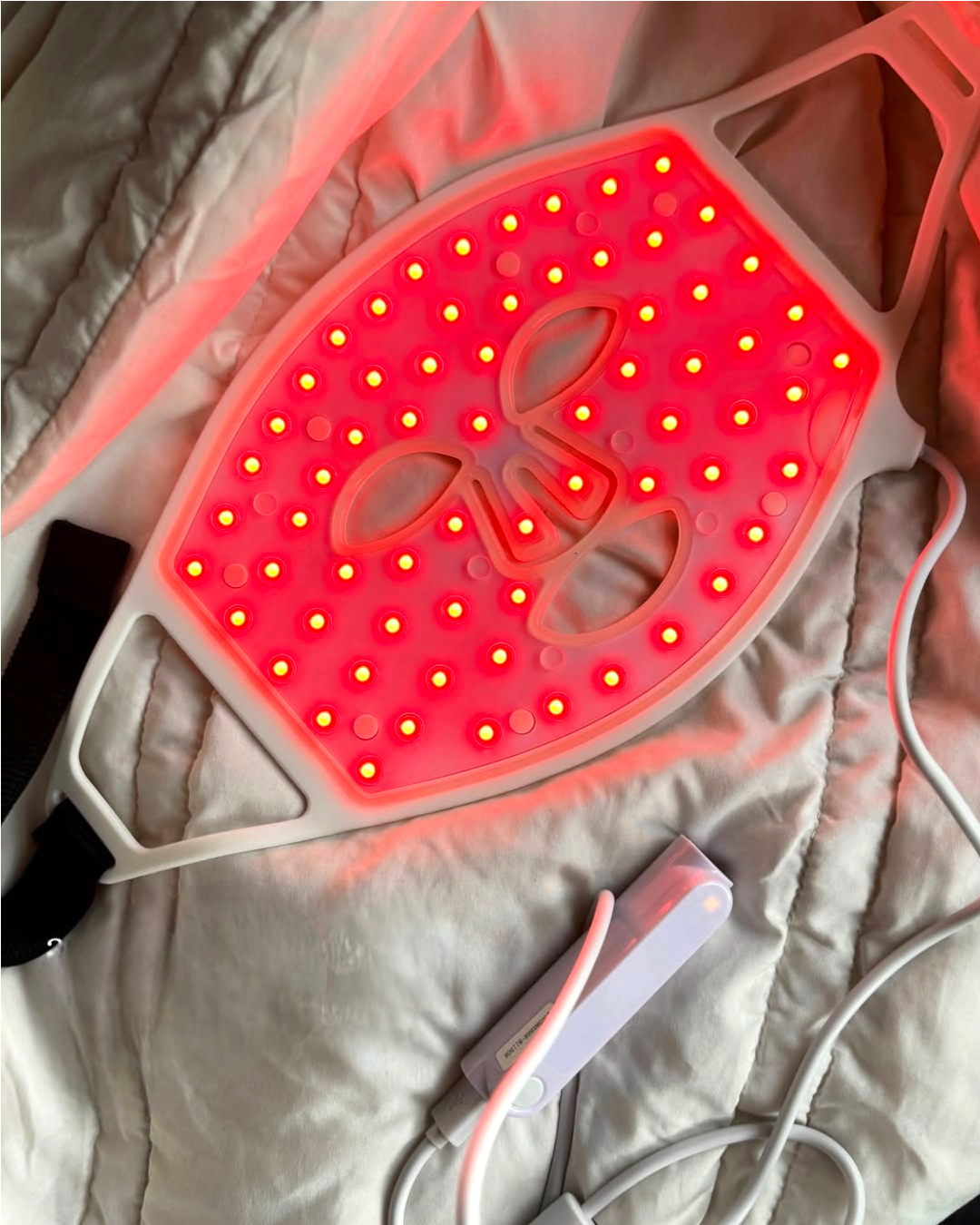
Riding a motorcycle in Florida is nothing short of fun. The open roads, scenic ocean routes, and sunny weather, most of the year, provide a thrilling experience. But, before you decide to take a motorcycle for a spin, ensure that you are appropriately licensed to avoid any fees and penalties.
Taking the time to learn about licensing requirements for new riders is crucial to staying safe and compliant with the law on the road. Here is everything you need to know.
Minimum Age Requirement for Motorcycle Riders in Florida
In Florida, the minimum age to legally operate a motorcycle is 16 years old. However, riders who are under 18 must have a learner’s permit for at least a year before they can apply for the Basic Rider Course or get a motorcycle endorsement.
Generally, riders are also required to have a valid Class E license, which is the standard license for non-commercial vehicles, before getting a motorcycle endorsement. If you do not drive a car but want to ride a motorcycle, you must apply for a motorcycle-only license.
Endorsement vs. Motorcycle-Only License
There are two main options for legal motorcycle riding in Florida:
- Motorcycle Endorsement: This is added to your existing Class E license to operate motorcycles on the road legally.
- Motorcycle-Only License: Is for those who do not plan to drive a car but want to legally ride a two- or three-wheel motorcycle larger than 50 cc.
Both options require the same basic training and testing. But motorcycles only had a few extra steps for those who are not licensed to drive.
The Training Required
Regardless of the path you choose, all new riders in Florida must complete the Basic RiderCourse (BRC) or Basic RiderCourse updated (BRCu) through FLHMSV.
These are hands-on safety courses designed to teach riders the essentials of:
- Safely operating a motorcycle
- How to avoid hazards
- Good posture
- Being aware of your riding environment
- Street riding techniques and so much more
Once you complete the BRC, BRCu, or other required courses, you can submit your results electronically to the Florida Department of Highway Safety and Motor Vehicles (FLHSMV). An endorsement fee is required to get the license.
How to Get Licensed
After passing the RiderCourse provided by an authorized sponsor, you must get your endorsement within a year. If the one-year grace period lapses, your pass status is considered invalid, and you must take another course.
Next, visit a tax collector or driver’s license office to let them know you have completed the course. Provide a valid ID and pay the endorsement fee. This includes:
- A $7.00 endorsement fee
- The license fee, which is either
- $48 for original Class E license
- $15 late fee (for penalties)
- $6.25 when applying at a county tax collector’s office
These charges do not include the additional fees you will incur for taking the courses. BRC courses depend on the course provider, duration, and whether you will be taking the course during weekdays or weekends. While these may seem like a lot of costs to incur upfront, it is a small investment for the safety training and legal clearance you will receive.
Additional Tips for New Riders
Before you hit the streets, always wear protective gear. Helmets, gloves, and the proper footwear will protect you in the event of a crash. Also, choose beginner-friendly motorcycles, which are easy to control and slowly move up the ladder as your skills advance. Lastly, practice in safe areas, such as empty parking lots, before entering the main roads.
Conclusion
Obtaining a motorcycle license in Florida is relatively straightforward. By following rules and completing the required safety courses, you can be much safer on the road.




